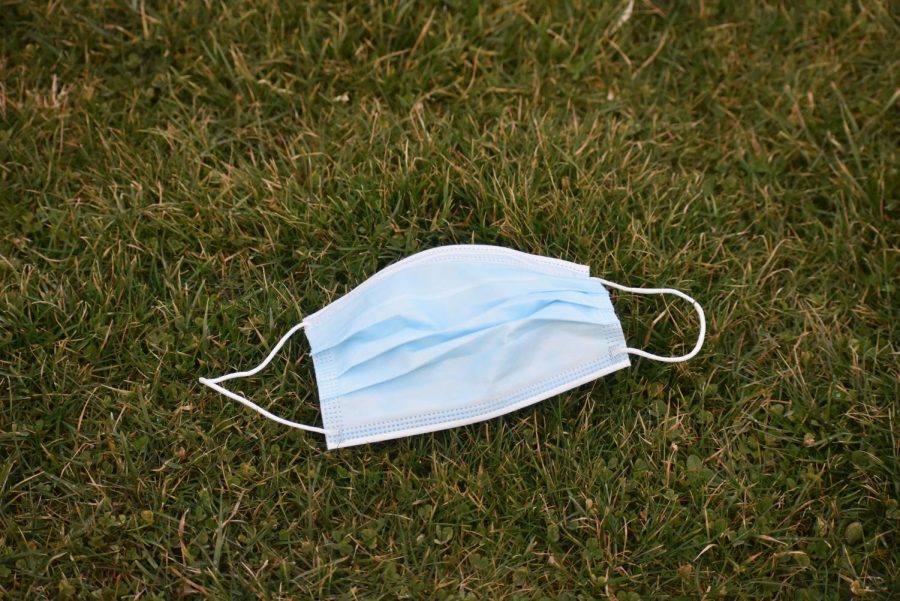COVID-19, other illnesses on the rise
With the winter season winding down, COVID-19 and other illnesses are on the rise. Many Americans have been living their lives for the past few months as they normally would have before the pandemic, but COVID-19 has not left the nation yet.
As of Feb. 8, there are an average of 40,815 cases every week across the U.S, according to the CDC (Center for Disease Control and Prevention). Case numbers are slowly decreasing from the previous couple of months because the weather is getting warmer.
With businesses being concerned over the rise of multiple illnesses, mask policies have been recently updated. In medical facilities, masks are required to be worn by staff and patients, which is one of the mask requirements that has stayed the same since the beginning of the COVID-19 pandemic. While it is not required for all individuals to wear face masks in public, it is still being strongly recommended by the CDC for gatherings and enclosed areas.
“I think that it is necessary to have masks in medical facilities because there has been a lot of sickness in the buildings in recent months, and people should not have to worry about getting sick themselves,” senior Nicholas Giovengo said.
“While the virus is not gone, thanks to the resilience of the American people, we have broken COVID grip on us… COVID deaths are down nearly 90%,” President Biden said in his State of the Union Address. This quote was directly from the President’s speech, and the full speech transcript can be found on the White House’s website.
Along with recent outbreaks and scares with COVID-19, another respiratory disease that mainly affects children has infected countries across the world. Respiratory Syncytial Virus Infection (RSV) is an illness that causes respiratory issues and has mild symptoms like a cold, such as fever, runny nose and coughing This illness has been proven to be deadly to young children and older adults. In the past couple months, RSV cases have declined and are not as alarming as they were when the illness was spreading rapidly.
In research done by John Hopkins Medical School, spreading diseases occurs more in the winter months since individuals are indoors more often. In these cold months, the temperature also prevents the human body from clearing mucus in our noses, so it allows bacteria and viruses a longer period of time to infect individuals.
With spring around the corner, these illnesses should slow down to a manageable pace. Since the weather is so cold, it allows for the spread of bacteria and viruses to increase in speed. In order to help yourself from getting sick, going outside more often and keeping distance from large crowds are recommended.



